ARRIVING AT STUNNING SVALBARD
Pastel Pink Skies: The Promise of Spring
Our first glimpses of the Svalbard archipelago were enormously exciting. Like our Siberian experiences, it was yet another foreign land in one of the remotest northern polar regions on the planet. Just 800 km south of the North Pole.... You never really get over the thrill of the Extreme Arctic. It is simply breathtaking.
Gliding low through glowing pink skies over the merciless, steely seas of the Arctic Ocean, we were suddenly confronted by the snowclad landmass of Spitsbergen Island; the largest island in the Svalbard archipelago. Our small plane then tilted and dipped over the tiny township of Longyearbyen clinging precariously to a coastal inlet of the famous Isfjorden, the second longest fjord in the region. Remote, rugged and ferociously wild, it was everything we imagined of a polar frontier destination that could boast being the closest settlement in the world to the North Pole.
Landing in the tiny airport at Longyearbyen, the largest settlement of the archipelago of Svalbard (otherwise known as Spitsbergen) was not only hugely exciting for us, but also it appeared, for the rest of our passengers.
As we landed, passengers cheered and clapped, adding to the incredulity of our arrival. I had only encountered this enthusiastic reaction once before - in 1983 on an El Al flight landing at Lod Airport, Tel Aviv. In this instance, I was never quite sure whether the excitement of our arrival was sheer relief that our plane had landed safely and not been shot down - or whether the Israeli passengers were so overwhelmingly joyous to have arrived in their claimed homeland. Perhaps a mixture of both? A video of our landing can be viewed at https://youtu.be/O29REsnAfrY
Well, perhaps our passengers knew more about Svalbard airport than we did, and like the landing at Lod, were also overcome with sheer relief. For in fact, Svalbard airport is listed as one of the ten most dangerous airports in the world. It is built on permafrost, surrounded by mountains and its short runway is a frozen strip of ice located between two fjords*. And Arctic weather conditions are often ferocious, making landings and take-offs perilous. Furthermore, there are no runway lights so that all air traffic must arrive and depart in daylight hours. While this is fine in summer, it makes air transport in the dark winters very difficult.
* Any structure built on permafrost, incurs considerable maintenance difficulties. For this reason, the base of the runway is insulated against thawing and subsequent movement, in the summer season. Commentators claim that advancing Climate Change in the region will eventually force the closure of the airport.
There have been very few airports in which we have landed, where the tarmac has been totally ice clad; the plane actually landing on a runway covered by powdered snow. Most other runways we have encountered in the Arctic are regularly cleared of snow by airport authorities. The only other we can recall is the remote township of Bilibino, Chukotka, far east Russia.
Like Bilibino, we had to walk a considerable distance, crunching through snow in bitterly cold conditions from our plane to the Longyearbyen airport building. It is well to remember to take your overcoats when travelling on aircraft in the Arctic. I recall one time in Khabarovsk when Alan, wearing just a thin t-shirt top, revealed a bare patch of skin on his back as he alighted the plane steps - causing much hilarity amongst the Russian passengers! Needless to say, by the time we arrived at the airport building, he was frozen. It does sound like stating the bleeding obvious to put a warm coat on before you disembark but it is not an easy task. We are tragically clumsy with cold weather gear. What locals do so seamlessly, takes us ages of tugging zippers together with endless curses, dropped mittens and running noses. Much to the amusement of the local travellers, I may add....
Despite our arrival being just after midday, it was already dusk; a feeble sun just a faint pale glow on the horizon. A glorious pastel pink sky bulged with ominous billowing snow storm clouds. Characteristic for Svalbard in late winter, the enchanting pinkness of the sky is indeed the promise of spring.
To Longyearbyen Town
Whilst collecting our luggage at the airport, we recognised a group of three of four young German women who were having some sort of difficulty at Oslo airport prior to their departure to Svalbard. A young African member of the group apparently had a problem with the validity of her passport. We recall we were most impressed with the airport official helping her. Concerned and sympathetic, we saw her make numerous calls to Svalbard airport, but despite virtually pleading with the staff, the young woman was denied entry. It was a very disturbing scene. We spoke with the remaining three women who said the young African woman was devastated. It was to be her first holiday from Germany since she arrived as a refugee.
Svalbard airport is efficiently serviced by shuttle buses which are coordinated for every arriving flight to transport passengers the short five km into Longyearbyen township. It is an easy and very reasonable means of transport which costs only around USD 16 for a return ticket.
The outskirts of an airport are, for most destinations, pretty grim. Not so for Longyearbyen. The road from the airport took us right along the beautiful ice clad coastline, surrounded by naked rounded mountains that seemed to rise up straight out of the steely blue waters of the Isfjorden. There was of course, not a tree nor plant in sight. Just a few isolated dwellings clinging to the desolate mountainsides.
In no time, we arrived in the little township of Longyearbyen. Surprisingly modern and sophisticated, we noticed numerous supermarkets, cafes, clothing stores and car dealerships. By the time we reached our Radisson Blu Polar Hotel, it was nearly nightfall. Amazingly, it was only about 2:30 pm.
To our surprise, our hotel was packed with guests. The foyer in fact was literally bursting with people trying to check in. The staff was however, very efficient and in no time we were checked in. And the guests were friendly, polite and quite charming.... The hotel was pleasant and cosy, if somewhat a little tired.
The views of the surrounding snowy peaks and glaciers however, were sensational. The hotel site is also famous for being a good place to view the famous Northern Lights and we had signed up to be notified if they were able to be viewed during the night when we may have been sleeping.
Our room was plain but adequately furnished and very comfortable. And in all honesty, we had everything we required. We had however, always thought of Radisson Blu accommodation as being on the luxurious side, but our hotel was certainly not in that league. And it was very expensive. Then again, we were in the most remote and northerly inhabited place in the world! All in all, we were very happy and absolutely delighted to have finally arrived in Svalbard.
We had pre-booked a table at the hotel's Nansen Restaurant. It turned out to be a great decision. The hotel was apparently full, and the restaurant was fully booked. We were assigned a lovely table looking out of the huge icicle-framed glass windows onto the brightly illuminated museum complex below. The service was excellent, and our meal of Arctic Char was simply fantastic. All washed down of course, by a good bottle of white wine.
It was, we had to admit, a simply wonderful beginning to our stay in Svalbard and a great start to our 2023 Arctic travels. Bliss....

 Longyearbyen, Svalbard, Svalbard and Jan Mayen
Longyearbyen, Svalbard, Svalbard and Jan Mayen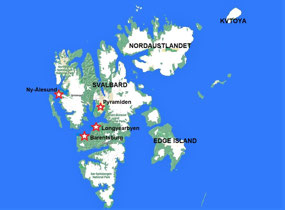
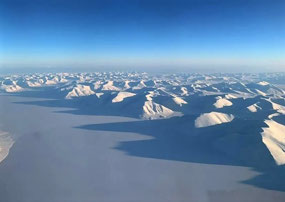
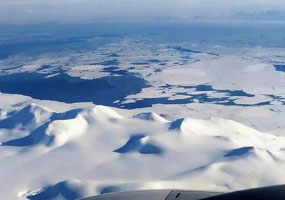
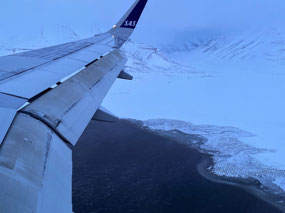
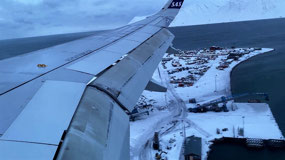

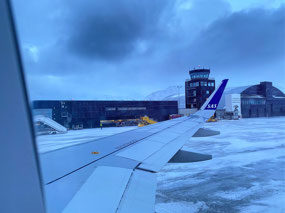
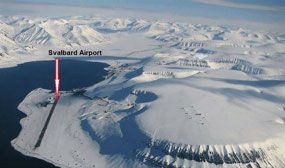
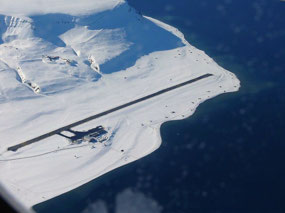
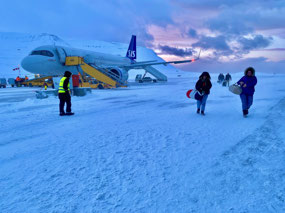
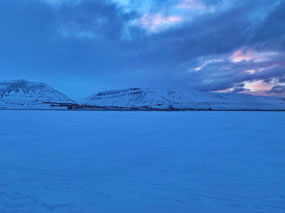

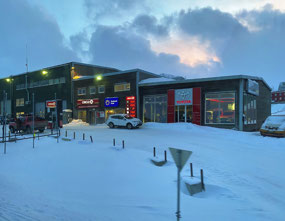
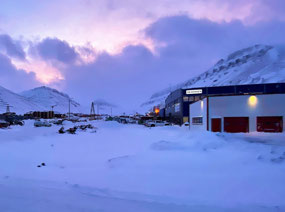
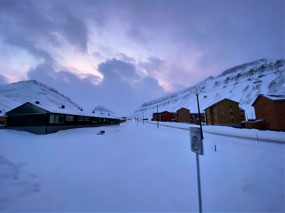
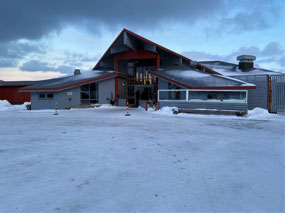
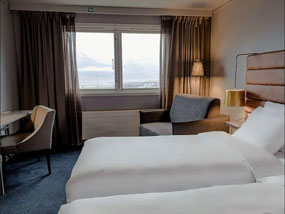
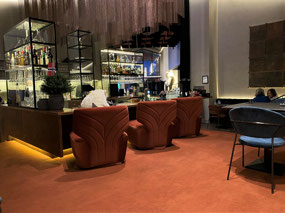
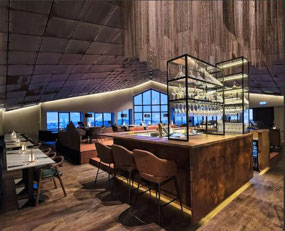

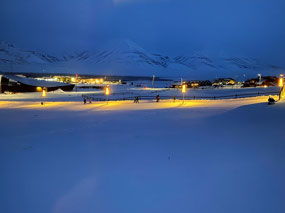

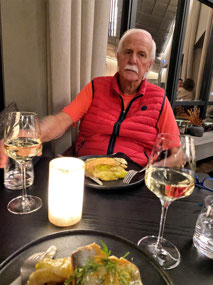








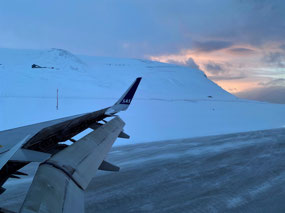
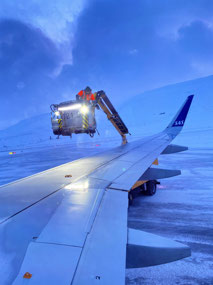
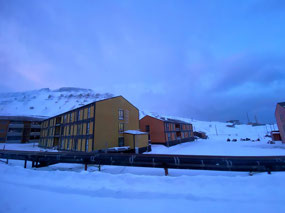
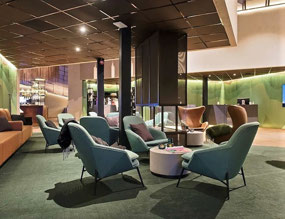
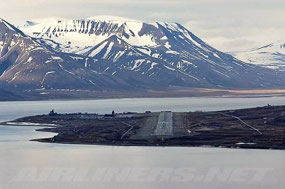
2025-05-22